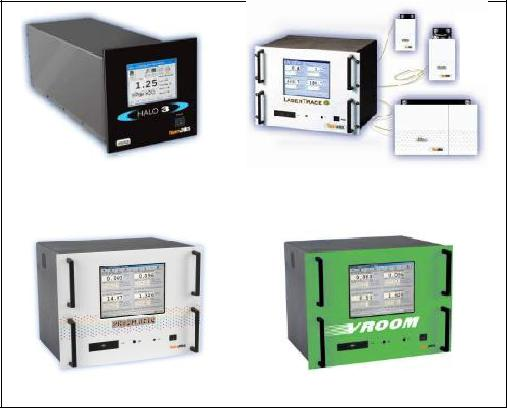
Fuel cell technology is poised to have a significant impact in both the vehicle and portable power markets. In anticipation, standards bodies, such as ASTM and ISO, are preparing standards for hydrogen purity to maintain optimal performance of fuel cell devices.
The proton exchange membranes in fuel cells are susceptible to contamination from multiple impurities typically found in hydrogen, which must be minimized to maintain efficiency. Concentrations as low as single figure ppb (parts per billion) for total sulfur, for example, can be a major issue. Contaminants, such as hydrogen sulfide and other sulphur-containing species, have a permanent effect on fuel cell efficiency.
It is critical to monitor the concentration of these contaminants in fuel cell hydrogen during the production phase through to the point of delivery.
CW-CRDS for Fuel Cell Hydrogen Purity Analysis
Tiger Optics manufactures a range of instruments for hydrogen purity analysis applications. The HALO 3 is ideally suited to ensure fuel cell hydrogen meets the necessary water specification, while lower levels of other impurities call for the power and sensitivity of the LaserTrace 3. Multi-component applications are also addressed by both our innovative Prismatic platform
Documentation
 Fuel Cell Hydrogen Purity Analysis
Fuel Cell Hydrogen Purity Analysis